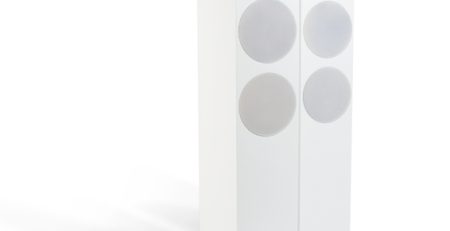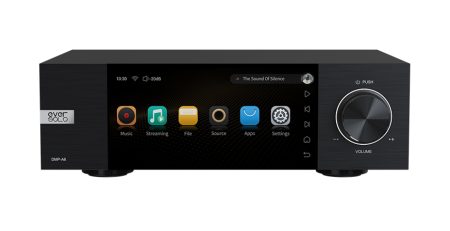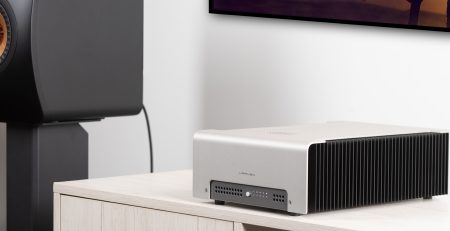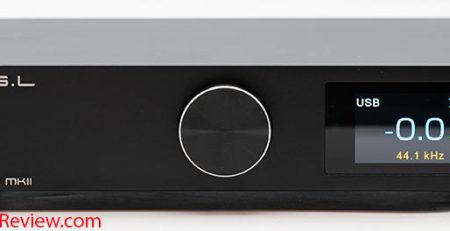Subtotaal: €20.00
SMSL VMV A2 Review (Stereo Amplifier & DAC)
This is a review and detailed measurements of the SMSL VMV A2 stereo “desktop” DAC and amplifier.
This is excellent performance for a desktop amp, putting the A2 in the likes of Hypex class D amplifiers:
Conclusions
SMSL pushes the boundaries of desktop amplifiers producing a powerful and very clean design if you use digital input. Analog input has some low frequency problem which has a tiny chance of being instrumentation issue. Hopefully they can comment. BTW, if you use a-weighting, the problem disappears since it filters that spectrum. And this is not an audible problem due to very low frequencies involved.
Use of a fan is a bit of bummer but I don’t think it is a practical concern.
Subjectively the A2 delivers with plenty of power to drive any small to medium system with plenty of headroom left. And oh, those of you who hate high-res, now have the perfect amplifier as it won’t try to reproduce ultrasonics anyway! Fortunately feeding 24-bit data does work so don’t through out high-res content that quickly.
Overall, I am going to recommend the SMSL VMV A2 amplifier.












